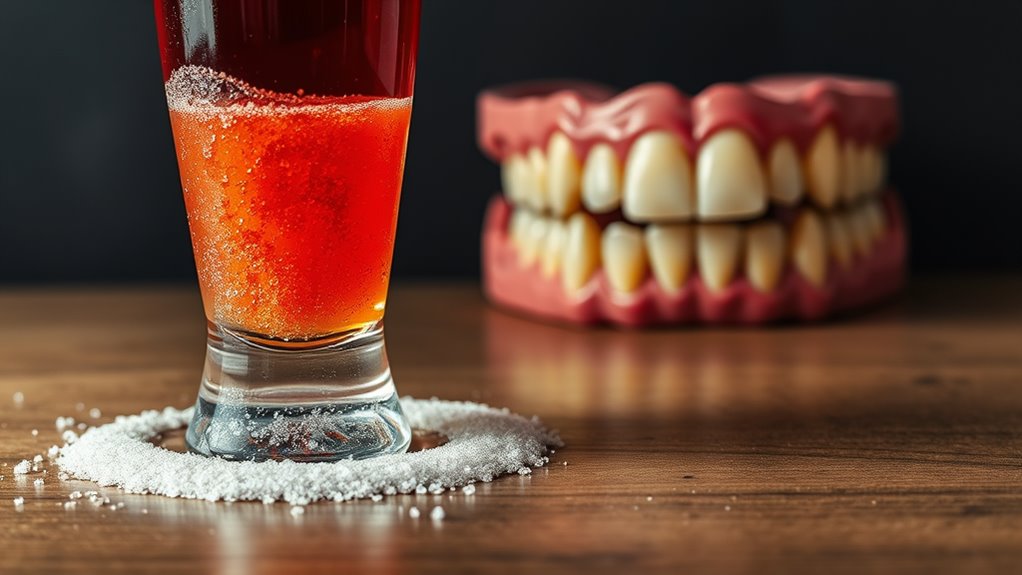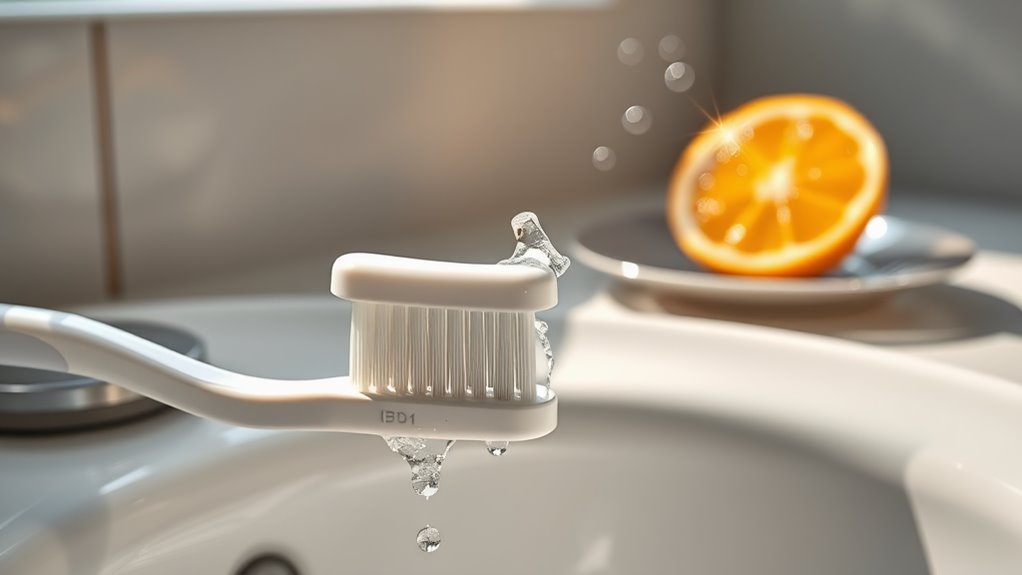The Best Home Remedy for Tooth Pain That Actually Works!
You’ve probably experienced that dreaded moment when tooth pain strikes, leaving you desperate for relief. Whether it’s a sharp sting or a constant throb, dental discomfort can disrupt your entire day. While many home remedies promise quick fixes, not all of them deliver results. Yet there’s one natural solution that dentists and generations of healers have consistently recommended – and it’s likely sitting in your kitchen cabinet right now.
Understanding What Causes Tooth Pain
When tooth pain strikes, it typically signals an underlying dental problem that requires attention. Before trying any home remedy for tooth pain, you’ll need to identify what’s causing your discomfort. Common triggers include tooth decay, cracked enamel, exposed roots, or gum inflammation.
Tooth decay occurs when bacteria create acids that erode your enamel, eventually reaching the sensitive inner layers. If you’re experiencing temperature sensitivity or sharp pain while eating, you might’ve a cavity or crack.
Throbbing pain often indicates an infection or abscess, while dull, persistent aches could stem from grinding your teeth or sinus pressure. Ignoring tooth pain can lead to serious infections that may escalate and require extensive treatment.
Understanding the root cause helps you choose the most effective treatment approach. While home remedies can provide temporary relief, persistent or severe tooth pain requires professional evaluation to prevent complications and address the underlying issue that’s triggering your discomfort.
The Science Behind Natural Pain Relief
While many people reach for over-the-counter pain relievers, natural remedies can effectively reduce tooth pain through several biological mechanisms.
Natural compounds like eugenol in cloves, capsaicin in cayenne pepper, and allicin in garlic work by blocking pain signals and reducing inflammation at the cellular level. These compounds interact with your nervous system’s pain receptors, temporarily desensitizing them to discomfort.
They also boost blood circulation to the affected area, which helps remove inflammatory compounds and accelerates healing. Additionally, many natural remedies contain antimicrobial properties that target harmful bacteria causing dental infections.
You’ll find that certain plant-based substances can penetrate dental tissues effectively due to their molecular structure. For instance, tea tree oil’s terpene compounds can reach deep into tooth pulp, while peppermint’s menthol creates a cooling sensation that disrupts pain transmission. Using a saltwater rinse can further enhance the effectiveness of these remedies by acting as a natural disinfectant.
This scientific understanding explains why these time-tested solutions continue to provide relief.
Step-by-Step Guide to Using Salt Water Rinses
A simple salt water rinse provides one of the most effective and affordable remedies for tooth pain relief. This time-tested solution works by reducing inflammation, drawing out infection, and creating an inhospitable environment for harmful bacteria.
To create your salt water rinse, mix 1/2 teaspoon of table salt with 8 ounces of warm water until fully dissolved. Make sure the water isn’t too hot – it should feel comfortable when touching your inner wrist.
Take a generous mouthful of the solution and swish it around the affected area for 30 seconds, focusing on the painful tooth. Don’t swallow the mixture; spit it out completely.
Repeat this process 3-4 times daily, especially after meals and before bedtime. You’ll notice the most benefit if you maintain this routine until your tooth pain subsides.
For enhanced results, you can add a pinch of baking soda to your mixture, which helps neutralize acid and further reduce inflammation. However, remember that relying solely on home remedies can lead to untreated issues, such as untreated cavities, which may worsen your dental health.
Essential Oils and Herbal Solutions for Tooth Pain
Natural essential oils and herbal remedies offer powerful relief for tooth pain through their antimicrobial and anti-inflammatory properties.
You’ll find clove oil particularly effective, as it contains eugenol, a natural numbing compound. Simply apply 1-2 drops directly to the affected area using a cotton swab for immediate relief. Clove oil’s analgesic and anti-inflammatory properties make it a preferred choice for quick pain relief.
Peppermint oil works wonders too, with its cooling sensation and bacteria-fighting abilities. Mix it with a carrier oil like coconut oil before applying.
For a potent herbal solution, create a tea bag compress using chamomile or green tea – both contain compounds that reduce swelling and fight infection.
Tea tree oil’s proven antiseptic properties make it an excellent choice for tooth infections, while oregano oil’s powerful antimicrobial effects help eliminate harmful bacteria.
Remember to dilute these oils properly, as they’re highly concentrated. You can also try fresh thyme leaves, crushed into a paste, for their natural pain-relieving properties.
When Home Remedies Aren’t Enough: Signs to See a Dentist
Despite the effectiveness of home remedies, certain dental symptoms require immediate professional attention. If you’re experiencing any of these warning signs, it’s time to schedule a dental appointment right away.
| Warning Sign | What It Means | Action Required |
|---|---|---|
| Severe Pain > 2 Days | Possible infection or abscess | Urgent dental visit |
| Swollen Face/Jaw | Infection spreading | Emergency care needed |
| Loose Adult Tooth | Trauma or gum disease | Same-day appointment |
| Bleeding Gums | Advanced periodontal issue | Within 48 hours |
| Cracked/Broken Tooth | Structural damage | Immediate care |
While natural remedies can provide temporary relief, they won’t fix underlying problems that could worsen over time. Don’t wait if you notice pus around teeth, persistent bad breath, or unusual lumps in your mouth. These symptoms often indicate serious conditions that require professional intervention. Your dentist has advanced tools and expertise to diagnose and treat the root cause of your dental pain properly. Additionally, symptoms like gum disease can lead to more severe complications if left untreated.




